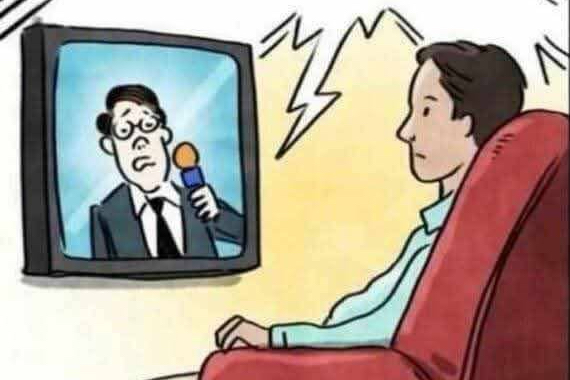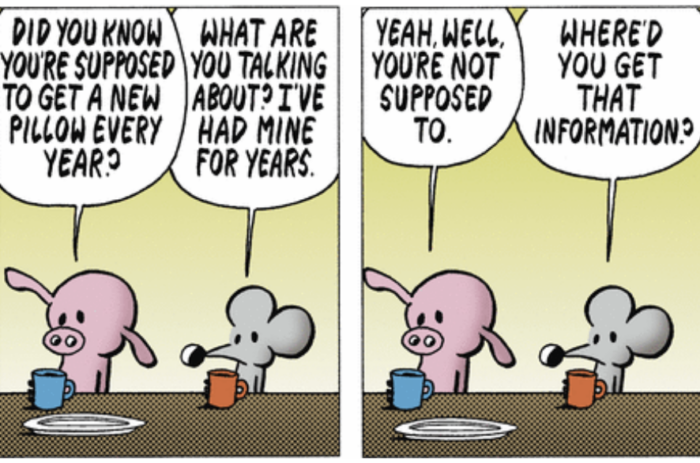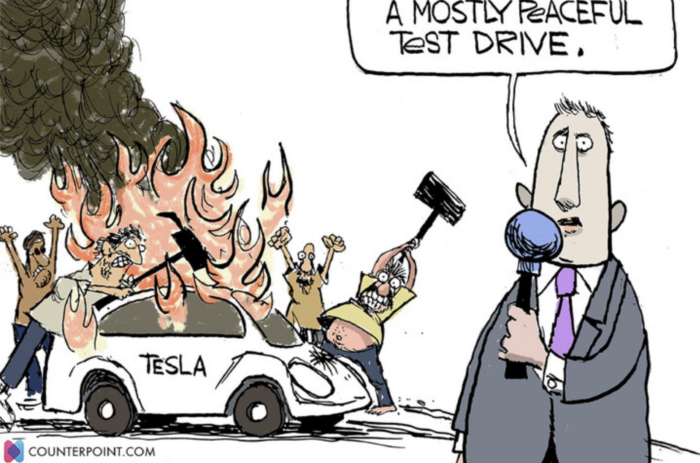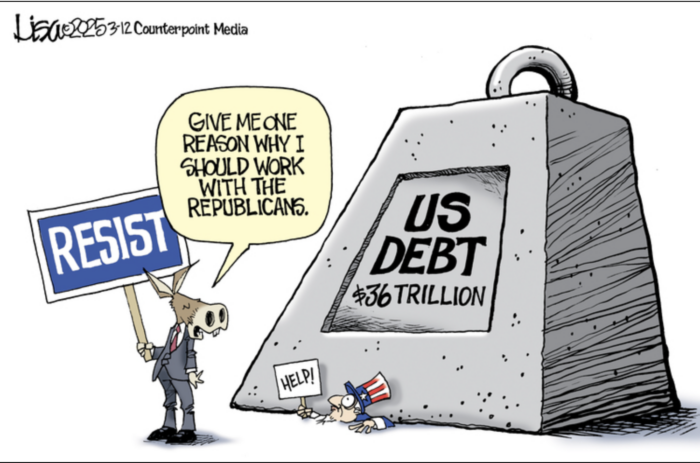print Print Cartoon
Questions
NOTE: “Safe Space” is a fairly new term which typically refers to areas on university campuses where perceived bigotry toward victim groups, harassment or disagreement about politics is not tolerated. While advocates laud safe spaces as sanctuaries for those who are discriminated against, critics have argued they promote anti-intellectual attitudes and stifle free speech.
1. What device does the cartoonist use to highlight this trend on college campuses?
a) caricature
b) sarcasm
c) symbol
d) understatement
e) hyperbole
2. Which statement do you think best describes the cartoonist’s intended meaning? Explain your answer.
a) A university education is supposed to represent free thinking, logic, debate, dissent and open inquiry
b) Under their new regime of safe spaces, trigger warnings, and the right to not be offended, the intolerant have eliminated free thinking, logic, debate, dissent and open inquiry on college campuses.
c) The only way editorial cartoonists can protect themselves from the rage of offended college students is to draw blank cartoons.
Scroll down to the bottom of the page for the answers.
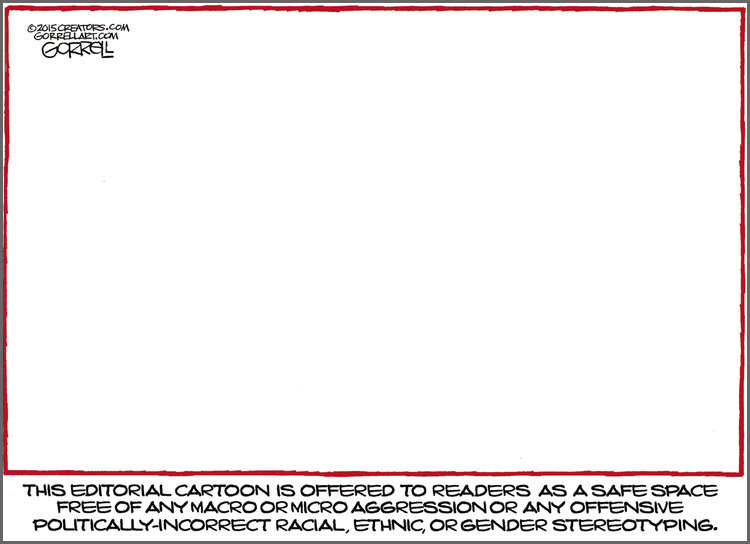
Cartoon by Bob Gorrell
Background
In response to recent student protests at the University of Missouri, the University Police Department (MUPD) is asking “individuals who witness incidents of hateful and/or hurtful speech” to call the police immediately and photograph the individuals involved, allowing the university to “take disciplinary action” against offending students.
Last month at Yale, an e-mail was sent telling students not to wear costumes that could be deemed offensive. Yale’s Silliman College Master Nicholas Christakis’ wife, a lecturer at Yale responded in an e-mail that she was concerned the university was becoming a place “of censure and prohibition.”
Christakis, defended his wife’s comments. Many students angrily confronted him and are now demanding both Christakis and his wife resign.
Answers
1. b) sarcasm: A form of verbal (or visual) irony in which it is obvious from context and tone that the speaker means the opposite of what he or she says.
The cartoonist did not use:
a) caricature: A description or characterization that exaggerates or distorts a character’s prominent features, usually for purposes of mockery. For example, a cartoon of a gaunt Abraham Lincoln with a giant top hat, a very scraggly beard, and sunken eyes could be considered a caricature.
c) symbol: An object, character, figure, place, or color used to represent an abstract idea or concept.
d) understatement: A figure of speech in which statements are purposely understated. It may be used to indicate the speaker’s nonchalance (or obliviousness) regarding an often important or otherwise remarkable situation. It often results in irony where, for instance, the speaker’s response to an event does not match how the viewer expects the speaker to react.
e) hyperbole: An extreme magnification or exaggeration of actuality. It blows something completely out of proportion for a distorted effect. The purpose of hyperbole is to create a larger-than-life effect and overly stress a specific point. (Used as a figure of speech in which exaggeration is used for emphasis or effect, as in “I could sleep for a year” or “This book weighs a ton”)
2. Opinion question. Answers vary.
